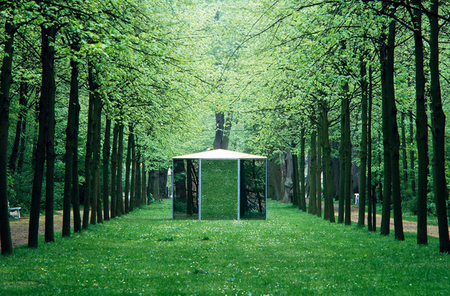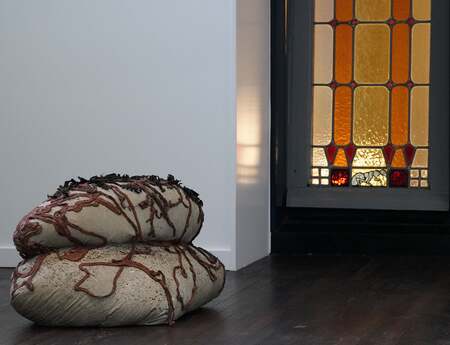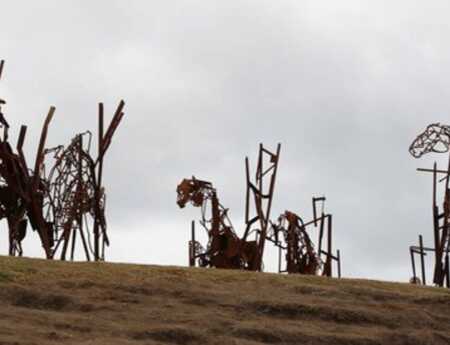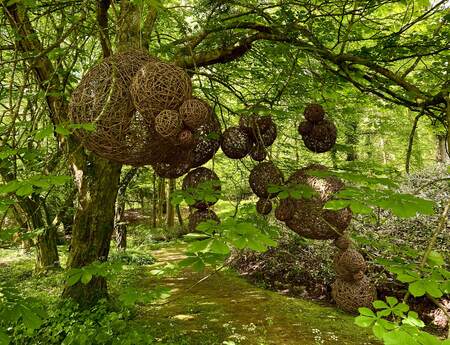The Skulptur Projekte
Public space as a heterogeneous sphere indispensable for sociocultural co-existence
A public controversy over George Rickey’s kinetic sculpture Three Squares Gyratory, erected in Münster in 1975, preceded the first Skulptur Projekte. In deliberate contrast to the voices in town that had loudly demonized Rickey’s aesthetic postulation, the Skulptur Projekte offered a kind of do-it-yourself programme enabling a broad public to experience contemporary sculpture on an everyday basis.
The Skulptur Projekte were initiated in 1977 by Klaus Bußmann and Kasper König. Every ten years since then, the curatorial team has invited different artists to develop their project for each edition. The proposals are discussed and the profile of each of the Skulptur Projekte crystallizes as the works come to realization, often more distinct in retrospect than they look during the development process. As a kind of long-term study, each edition mirrors a multifaceted process of negotiation with the city of Münster, as well as with artistic and societal issues of our time.

For the Skulptur Projekte 2017, thirty-five new artworks are being realized in the urban space of Münster. The artistic director of the fifth edition is Kasper König. He has developed the exhibition concept in close cooperation with the curators Britta Peters and Marianne Wagner. International artists have been invited to investigate the relationship between art, the public space and the urban environment and to develop new place-specific works. Familiar places will take on a new character and unexpected perspectives will open up. Accustomed paths will lead to the unknown, and new goals will require the treading of unaccustomed paths.
Nothing Permanent: Sculptures and Cities, is the Symposium to be developed in cooperation with the Henry Moore Institute from 13 to 15 September 2017. The debates will address whether sculptures and monuments are loosing their validity in the public space and, if so, under what conditions.
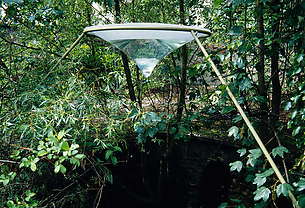
The Westfälisches Landesmuseum has traditionally been closely linked to the exhibition. The new museum building poses an additional challenge. The design by Staab Architekten of Berlin emphasizes the institution’s public character raising questions about how the museum conceives itself. What kind of publicness does it create? What status is assigned to the traditional museum tasks of collection and research, and what role does art play as an expression of a certain lifestyle?
The traces of the past editions result in an intense examination, not only of the urban environment but also of the genesis of the exhibition itself, which is closely intertwined with the history of post-war Germany. Reflections on globalization and site specificity have put the city of Marl on Skulptur Projekte’s map. Whereas Münster looks back on centuries of continual growth, Marl was created by merging former villages with communities of miners and chemical industry employees undertaking a radical new urban project in the 60´s. Whereas the development in Marl can be understood as an integral element in the conveyance of a modern humanist worldview, just one decade later the first Skulptur Projekte were realized in conflict with and opposition to the conservative town society.

Cure and Kur is the project by the poet Monika Rinck which will accompany the changes the Skulptur Projekte entail for the city on the literary level. The project will bring together the change of place and administration of remedies, as well as free literary movement with regard to the body in space and in contact with the works in the exhibition. The texts will be published online so that they can be experienced simultaneously with the other Skulptur Projekteworks.
SKULPTUR PROJEKTE MÜNSTER
Artistic Director: Kasper König
Curators: Britta Peters and Marianne Wagner
Head of Art Mediation: Ingrid Fisch
10.06- 01.10.2017
Münster, Germany
